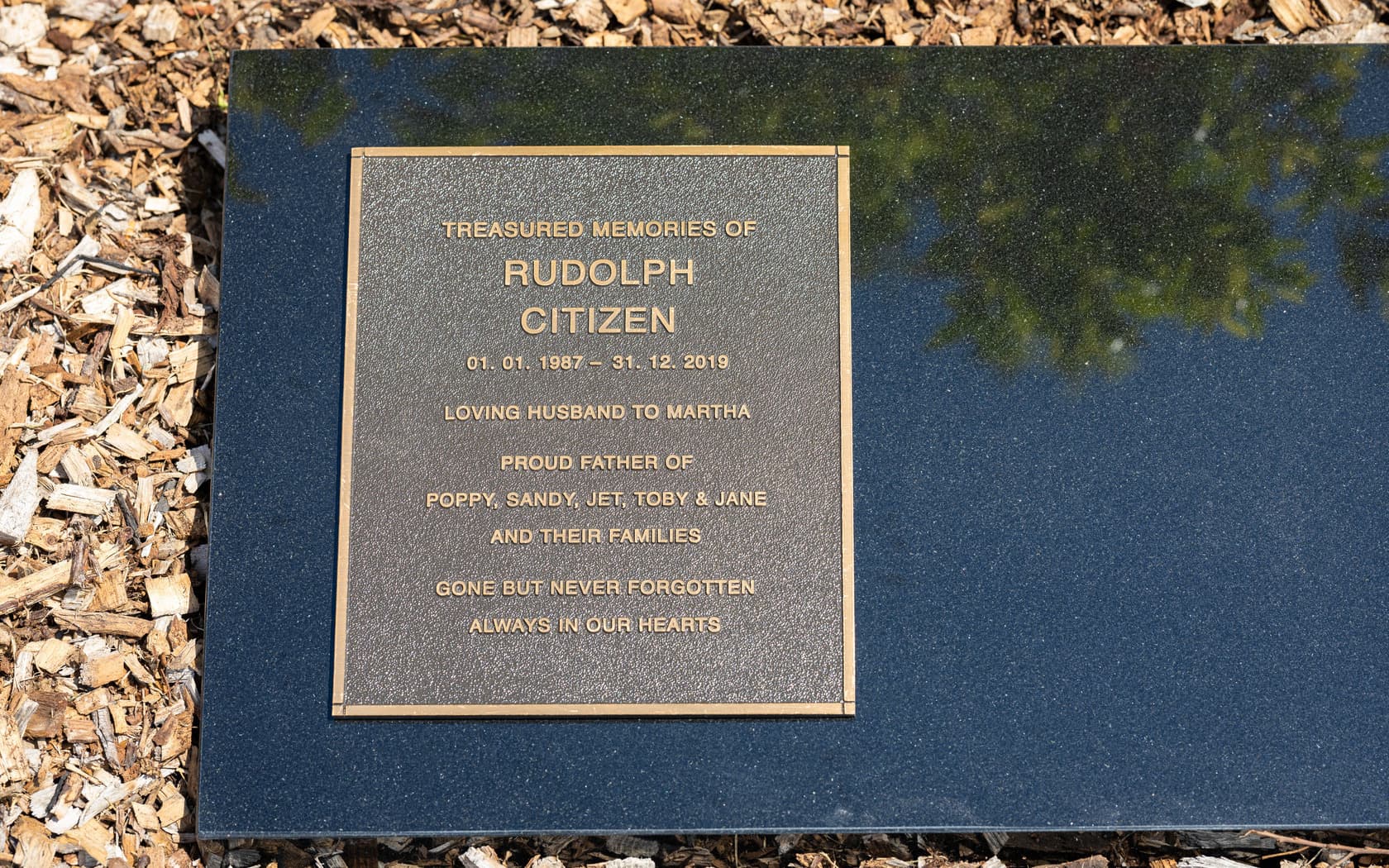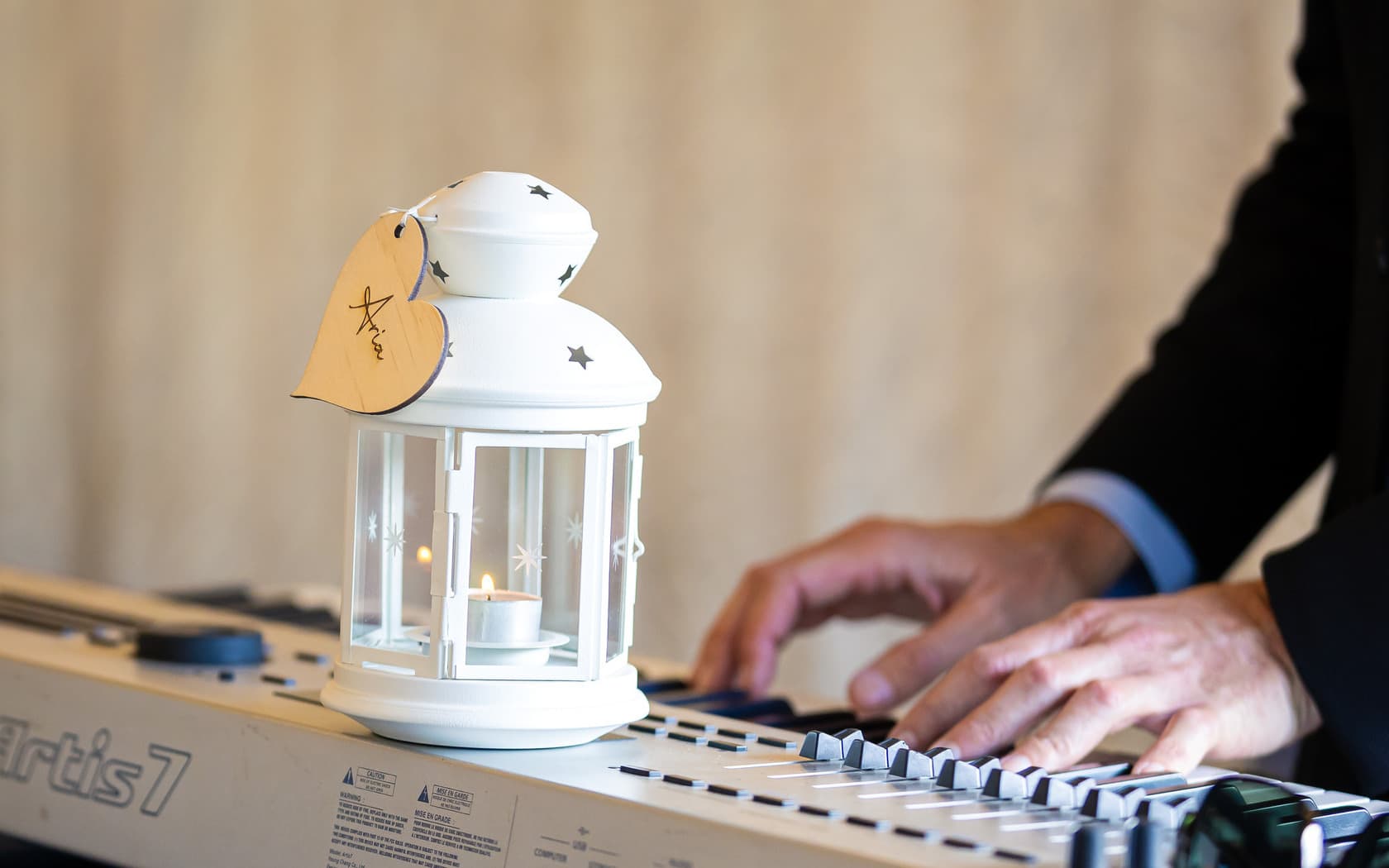Meet the Records and Archives team
- 4 January 2023

Have you met the Record and Archives team? They’re hidden amongst piles of old books and history, at both Springvale Botanical Cemetery and Melbourne General Cemetery. Their work is unique and engaging, however not widely known, quite like the stories they discover. Eva Rivera, Records & Archives Officer, and James Chalmers, Burial Research Analyst, sat down to discuss their roles and everything amazing about records, archives, and the history they hold.
Could you give us an overview of what you both do?
James: I investigate empty graves at Melbourne General Cemetery to see if they can be reclaimed and made available for sale. I’ll audit an area to see if, according to our records, any of the graves have no one in them. From there, I consult our records to build up a picture of the supposedly empty graves. I need to identify who the owner was and follow their family to find out who the current holder of right may be. I follow that trail by using a range of resources, but I’m ultimately trying to find someone alive without going down a big rabbit hole.
After that, I’ll do a site search and check for hazards such as monuments, tree roots, or anything that may make the grave unsalable. If I find the grave is empty, and no family comes forward saying they are a holder of right, that then moves to another department to be continued and finalised.
Eva: The team and I manage the record collections from all nine sites, which are quite different due to the varying ages. We’ve got some fabulous old ledger and books in our repository, and the original records are so interesting to flip through as you can glean so much information from them. One of our main focuses is retrievals and digitisation so that people in the organisation can use these resources.
On top of that, we manage deceased search enquiries as people email us with a range of questions. For instance, providing a location of a family member who has passed away and is interred at one of our sites, or an enquiry along the lines of ‘my grandmother had a baby sister, could you tell us what happened to her?’ They’re varied tasks and requests, but all fascinating in their own way.
What are some of the assumptions people have about your role?
Eva: That it’s really boring. People are shocked to hear that we have these original burial records and that there is so much joy in going through those books, discovering things. You really can fall down a rabbit hole of research.
James: Not really any… I guess they don’t have the chance to make assumptions about my role because they didn’t know a role like this existed. Although when I tell people I work at a cemetery, they tend to assume I’m a gravedigger without realising how much more there is to our organisation.
Is there anything about your job that surprised you?
James: Yes! As a genealogist, I never knew Melbourne General Cemetery records existed as they aren’t available online. I certainly didn’t realise the depth and breadth of the records that we had. When I saw the room we’ve got here at Melbourne General Cemetery that holds the records, I was really surprised. It’s an absolute gold mine for family historians, however, there are only a few of us that knows it exists.
Eva: We’re in the process of digitising these records, which is a long process, but they will become accessible for use within SMCT. Nothing beats looking at the original copy though as it’s a wealth of information.

What did you want to be when growing up? Did you ever imagine this would be the profession you landed yourself in?
James: I’ve always had a passion for history. I’ve been working on my family tree since I was ten and previously worked in a genealogist position. For a while, I’ve been curious about what happened to a grave if someone bought it but didn’t use it. So when I saw this job it seemed an interesting role right up my alley.
Eva: When I was young I wanted to be an archaeologist. I studied it and worked in the field, which was great. I did a few international digs, but then I wanted to change to a more local historical based focus. When I interviewed here it felt like a good fit and I get to use all these research skills I’ve learnt throughout my life.
Do you have any memorable discoveries from your work?
Eva: We had a note that slipped out from one of the books…it was a 100-year-old letter from a funeral director which was very vague. We did a bit of research and found out it was related to a devastating, infamous Melbourne crime.
Through our research, we were able to complete the story of this young woman who had an awful thing happen to her. Rather than having this unidentified, unknown woman, we could identify her and give her name back to her. That was really nice, despite this horrible and macabre thing happening. She has been identified and the records updated so we know who she is and can tell her story.
James: I don’t have anything along those lines, however I do sometimes stumble across interesting family situations. There was one man who had purchased two graves back-to-back, but one had never been used. He had three or so wives, and quite a few children from the various partnerships and some interesting stories to discover from that extended family. Those stories stay with you, and it gives them importance again.
Is there an aspect of your work that is most important to you?
Eva: Having the ability to reconnect a family to an ancestor, and to give light to people who may not have been thought about in a while is rewarding. It tugs on the heartstrings to think of people being forgotten, so being able to put that spotlight on them or learn about their story is nice.
James: I can help reinvigorate a person’s story. It takes time to learn that the biography of a person is important, much more than just the basic facts of dates and places of birth, death, and marriage. Being able to curate their story, and share that, is amazing.
Recommended articles
Easing grief through planning: Supporting families before, during and after loss
Discover how SMCT supports grief and end-of-life planning in Melbourne. Learn about MyLifeBook, the Community, Care & Wellbeing program, and how planning ahead can ease emotional and financial stress for families.

How to create the perfect memorial plaque: a step-by-step guide
Discover how to create a meaningful and lasting memorial plaque with this step-by-step guide. Learn about messages, design tips, and trusted resources from SMCT.

40 funeral songs to honour a loved one
Explore 40 meaningful funeral songs to honour a life well lived. From timeless classics to modern favourites, find music that expresses love, grief, and remembrance across different relationships and moments.